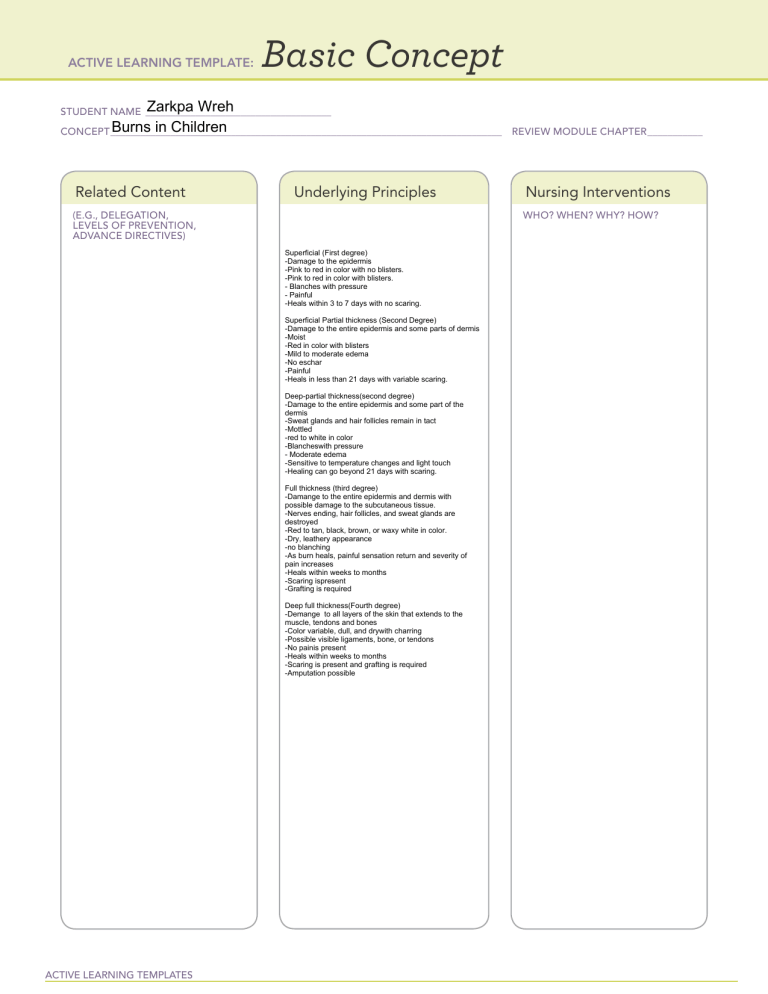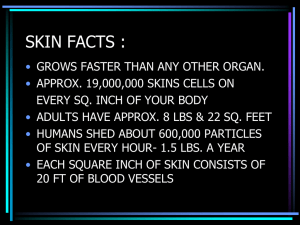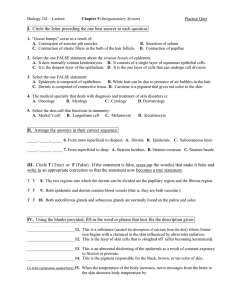
ACTIVE LEARNING TEMPLATE: Basic Concept Zarkpa Wreh STUDENT NAME______________________________________ in Children CONCEPT__Burns _____________________________________________________________________________ REVIEW MODULE CHAPTER____________ Related Content Underlying Principles (E.G., DELEGATION, LEVELS OF PREVENTION, ADVANCE DIRECTIVES) WHO? WHEN? WHY? HOW? Superficial (First degree) -Damage to the epidermis -Pink to red in color with no blisters. -Pink to red in color with blisters. - Blanches with pressure - Painful -Heals within 3 to 7 days with no scaring. Superficial Partial thickness (Second Degree) -Damage to the entire epidermis and some parts of dermis -Moist -Red in color with blisters -Mild to moderate edema -No eschar -Painful -Heals in less than 21 days with variable scaring. Deep-partial thickness(second degree) -Damage to the entire epidermis and some part of the dermis -Sweat glands and hair follicles remain in tact -Mottled -red to white in color -Blancheswith pressure - Moderate edema -Sensitive to temperature changes and light touch -Healing can go beyond 21 days with scaring. Full thickness (third degree) -Damange to the entire epidermis and dermis with possible damage to the subcutaneous tissue. -Nerves ending, hair follicles, and sweat glands are destroyed -Red to tan, black, brown, or waxy white in color. -Dry, leathery appearance -no blanching -As burn heals, painful sensation return and severity of pain increases -Heals within weeks to months -Scaring ispresent -Grafting is required Deep full thickness(Fourth degree) -Demange to all layers of the skin that extends to the muscle, tendons and bones -Color variable, dull, and drywith charring -Possible visible ligaments, bone, or tendons -No painis present -Heals within weeks to months -Scaring is present and grafting is required -Amputation possible ACTIVE LEARNING TEMPLATES Nursing Interventions







